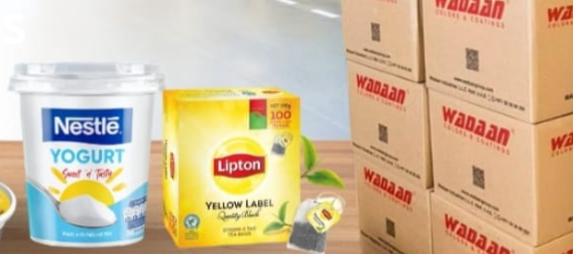Are you looking to enhance your JavaScript skills and deepen your understanding of one of the language's most powerful features? In this article, we will delve into the world of closures and explore how they can take your coding to the next level.
What are Closures?
Closures are a fundamental concept in JavaScript that allows functions to retain access to variables from an outer scope even after the outer function has finished executing. This means that a function can "close over" the variables of its containing scope, allowing for powerful and flexible programming patterns.
How Do Closures Work?
When a function is defined within another function, the inner function has access to the variables of the outer function, even after the outer function has returned. This is because the inner function creates a closure over the outer function's scope, preserving the state of the variables at the time the inner function was defined.
Why are Closures Useful?
Closures are incredibly useful for creating modular and reusable code. By using closures, you can create functions that encapsulate certain behaviors and data, making your code more organized and easier to maintain. Closures are also commonly used in event handlers, callbacks, and asynchronous programming.
Best Practices for Using Closures
- Be mindful of memory usage: Closures can lead to memory leaks if not used carefully. Make sure to clean up any unnecessary variables within your closures.
- Avoid modifying variables outside of the closure: This can lead to unexpected behavior and bugs in your code.
- Consider performance implications: While closures are powerful, they can sometimes impact performance. Use them judiciously.
Conclusion
Closures are a powerful feature in JavaScript that can help you write more maintainable and efficient code. By understanding how closures work and how to use them effectively, you can take your programming skills to the next level. So, why wait? Start implementing closures in your code today and see the difference it makes!





Comments